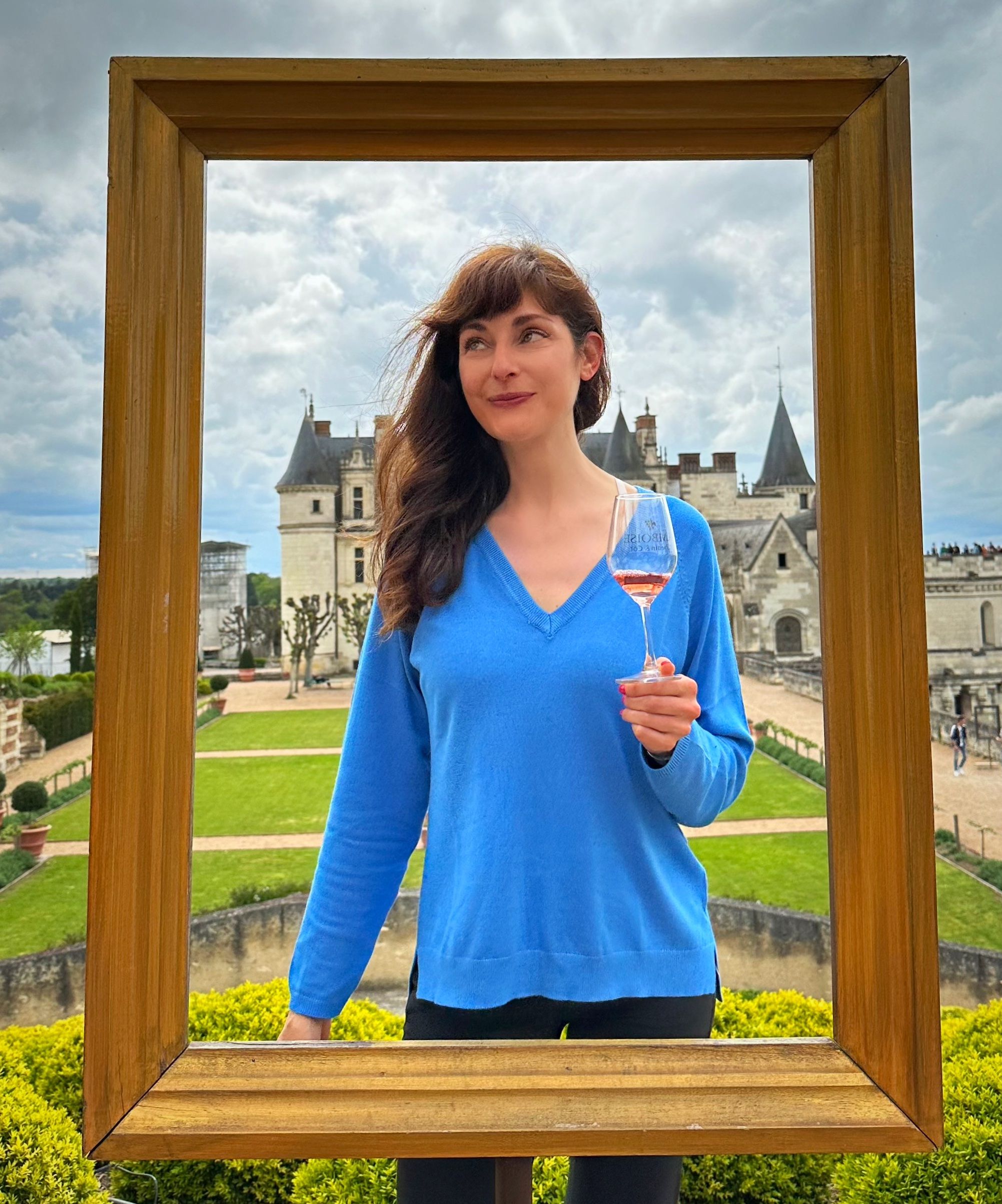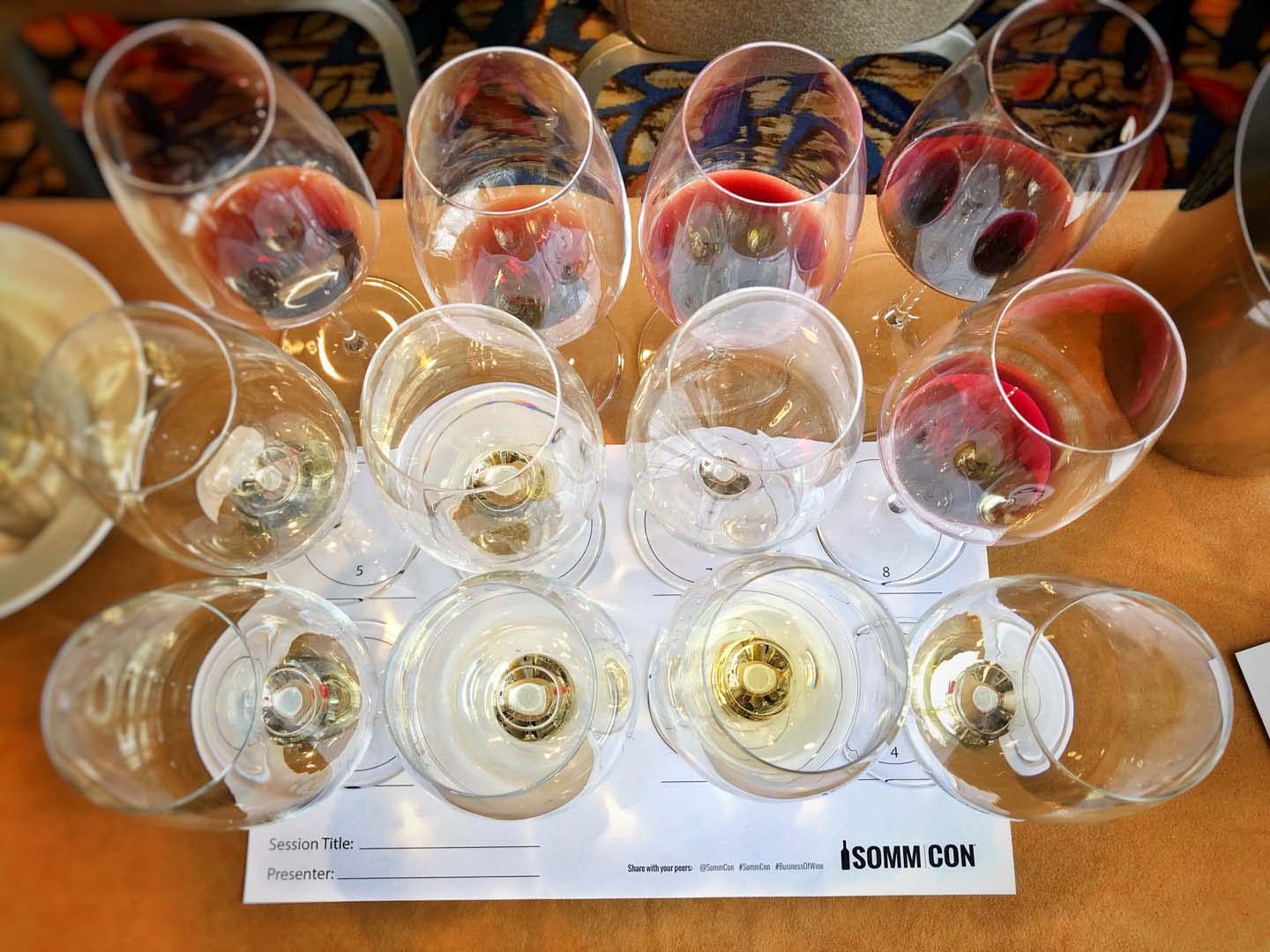
America’s invisible rainbow and the secret wine revolution
My endless curiosity about less known wine grapes drives me always in the geekiest seminars and wine classes. No exception was the last edition of SommCon, the US sommelier convention which takes place every year in San Diego, where I live. The seminars list is always rich in learning and tasting occasions: from prestigious Champagnes to the most famous Bordeaux wines, it’s usually hard to choose… that’s why I decided to go with the underdogs and I ended up in one of the best wine classes I attende lately.
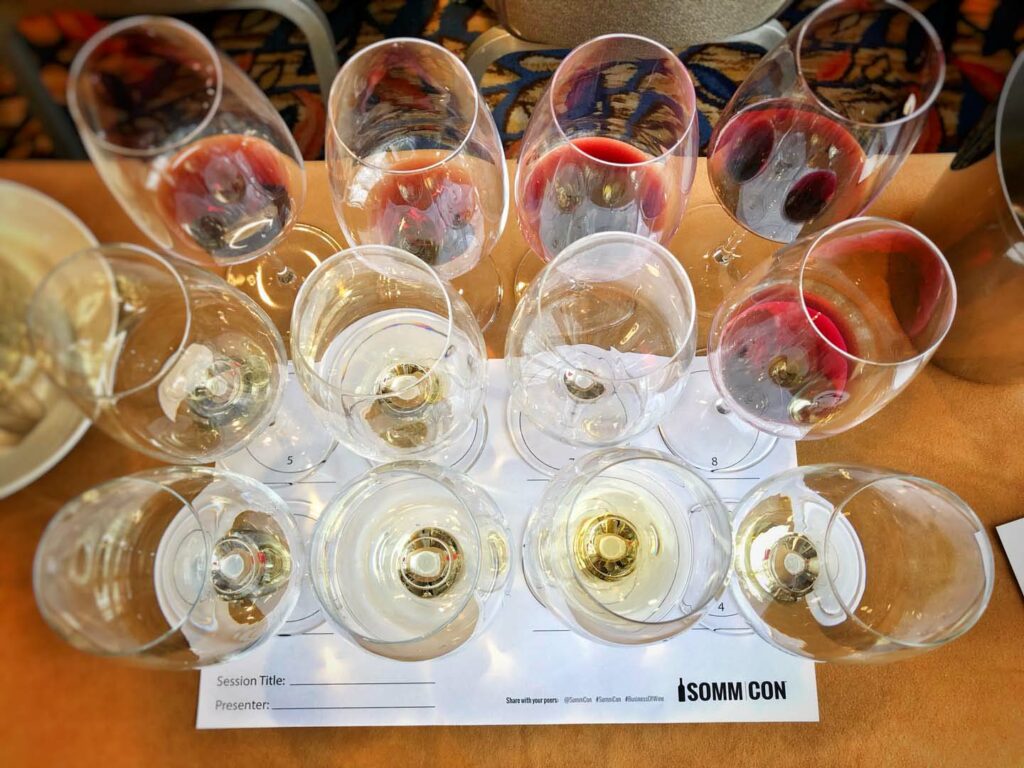
The speaker, Master of Wine Lisa Granik, is a rockstar among wine educators like me. She is a terrific teacher. The topic was “The America’s invisible rainbow: the best emerging regions and varieties from the secret wine revolution”, based on the studies of Clark Smith.
I was shocked when I learned that 95% of the wine volume in the US comes from only 64 main wineries (or wineries groups), over half a million cases. And, on the other side, there are U.S. 25.000 wineries that share the remaining 5% of wine volume in the whole country.
This means one simple thing: there is diversity in the US wine production, but IT IS NOT REPRESENTED on the market. That’s the reason why I have never heard or tasted most of the wines and grape varieties I am about to describe in this article.
I think this is a problem that the wine industry in the US should consciously face. I come from a country, Italy, where diversity in wine and terroir is a value to protect and a precious resource, so it’s difficult for me to understand why America is not investing in its diversity instead of producing hectolitres of anonymous, internationalised, character – less wine.
I hope to give my little contribution to build awareness around this beautiful, colourful American wines invisible rainbow.
But before digging in to the wines I suggest to taste, let’s talk a bit about the history of American viticulture and its relation to European viticulture.
Thomas Volney Munson and his long-lasting impact on American and European viticulture
If not for Thomas Volney Munson, the wines and grapes we know today would be forever altered. Munson, a horticulturist, played an instrumental role in saving the European grape and wine industry from the deadly phylloxera aphid in the 19th century.
After Munson moved from his hometown of Astoria, Illinois, he went to school at the University of Kentucky to study agriculture. He had always been intrigued by growing grapes, which he described as “the most beautiful, most wholesome and nutritious, most certain and profitable fruit that can be grown.”
Once Munson moved to Denison, Texas, he began growing grapes from rootstock he collected on his extensive travels, and he amassed more than 300 grape varieties growing in his vineyards. It was the first varieties “library” of the United States. Munson made extensive use of native American native grape species, and devoted a great deal of his life to collecting and documenting them. He released hundreds of named cultivars, but his work identifying American native grape (especially those from Texas) is of great significance today for their use in rootstock.
His knowledge of grapes and horticulture work proved to be most influential to the European wine industry.
In the 1840s, when the oidium parasite was devastating European vineyards, France lost roughly 80 percent of its vines to this fungus. In an effort to regain its vines, the European wine industry imported labrusca rootstock from the United States. Unfortunately, in the years to follow, the rootstock brought phylloxera along with it, which ravaged approximately 6 million acres of European vines—the same vineyards that had been recovering from the previous parasite.
The French wine industry knew of Muson’s expansive knowledge of horticulture and his experimentation with hybridization of American grape varieties, and they asked him to send some of the hybrid rootstock that he had developed. He sent the French his phylloxera-resistant rootstock, and it was soon grafted with varieties of European vines.
His impact on the wine industry is experienced even today, and he was awarded the Chevalier du Merite Agricole by the French Legion of Honor. The West Campus of Grayson County College in Denison, Texas, preserves much of Munson’s work. In 1974, the T.V. Munson Memorial Vineyard was established which preserves many of his cultivars and produces stock for propagation. This was followed in 1988 with the opening of the T.V. Munson Viticulture and Enology Center, which serves as a repository for documents and other historical materials regarding Munson.
There is an incredible number of brave wine growers who are investing today in the production of native grapes’ wines across the country. Here some examples I tasted at SommCon with the hope to stimulate your curiosity about this underground wines world, who deserves to submerge from the wine media’s silence.
La Crescent grapes
La Crescent, named after a small town in Minnesota, is a hybrid grape variety that was developed at the University of Minnesota. Among its descendants include Saint-Pepin and Muscat Hamburg, and it was bred with the intention to resist colder climates. La Crescent grapes thrive in cold climate sites, they have a propensity to yield a fruit-forward flavor profile that favors stone fruits, tropical fruits, and citrus.
La Crescent is high in natural sugars and acidity; therefore, creating a combination that produces balanced off-dry and semi-sweet wines. As this grape was developed in Minnesota, it has been gaining popularity most notably in the Northern US, including Wisconsin, Michigan, and Vermont.
Parley Lake winery
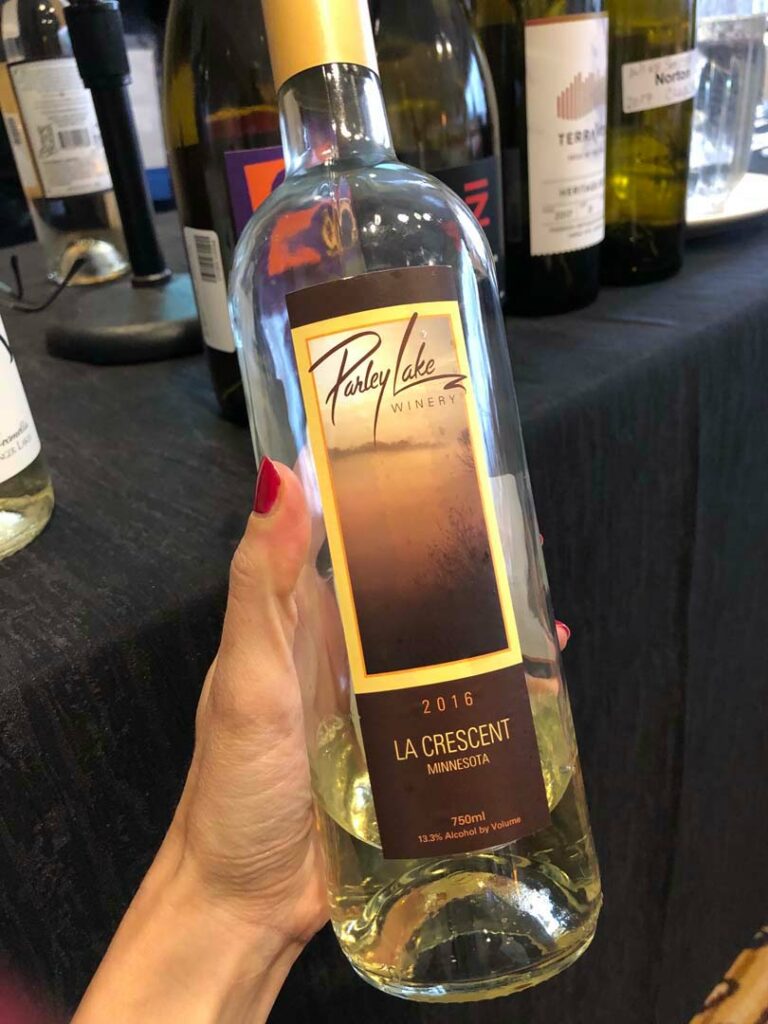
Located in Minnesota and adjoining the lake after which it is named, Parley Lake Winery has become known as a significant producer of La Crescent grapes. Parley Lake Winery, established in 2008 at Deardorff Orchards & Vineyards, was founded by Lin & Bonnie Deardorff and Steve & Deb Zeller. The Deardorffs established the original apple orchards in 1981, which are still in use today, and after some time met the Zellers.
The couples kept in touch with one another over the years, and after hearing of the new grape varieties being developed by the University of Minnesota, they decided to plant these new cold hardy grapes, including Frontenac, La Crescent, Frontenac Gris, and Marquette, in 2005.
Parley Lake Winery, known for its production of local Minnesota wines, produces a number of signature red and white wines (including a Parley Vu Rosé wine and a Frontenac dessert wine) with these regional grapes—in addition to the five limited edition wines they produce.
Aromella grapes
In 2013, Cornell University’s New York State Agricultural Experiment Station debuted their newest grape varietals, which included Aromella, a descendant of Traminette and Ravat 34—each of these grapes also are hybrids themselves. Aromella is known for being a hybrid winter hardy grape and is able to withstand the cold winters of New York.
The initial cross between the two grapes occurred in 1976, seedlings were planted in 1978, and it was not until 1983 when the first wine was made with this grape. Aromella tends to produce aromatic wines that are characterized by hints of tropical and citrus fruits, as well as honeysuckle and floral muscat.
Goose Watch winery
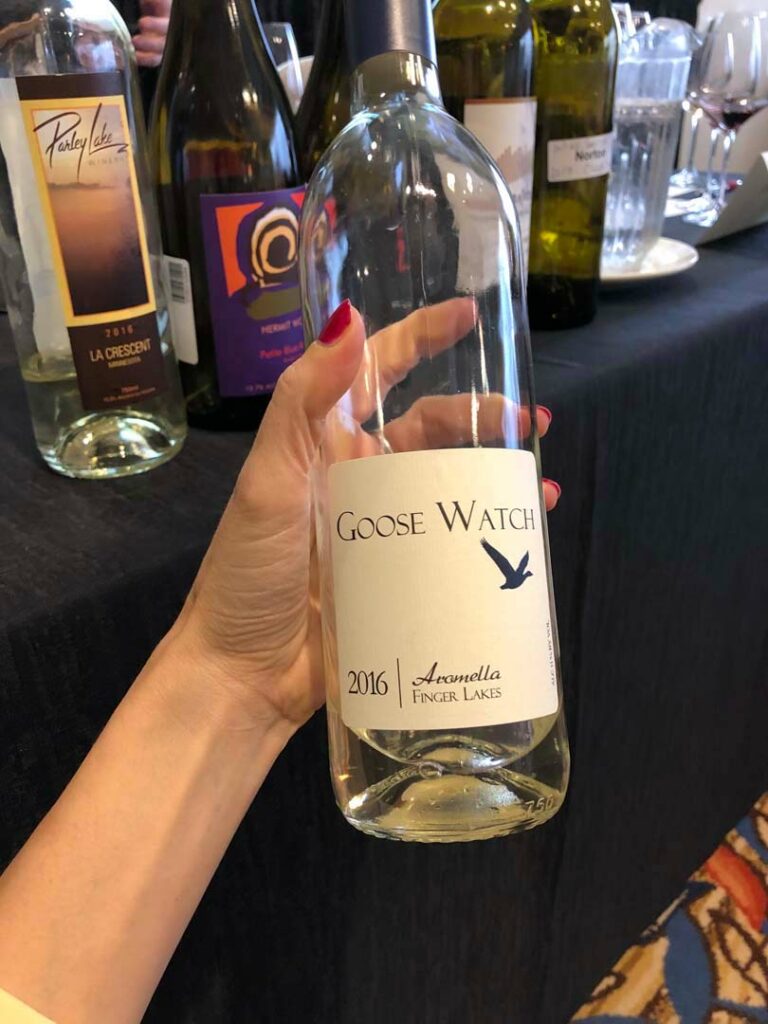
With their 120 acres of land overlooking Cayuga Lake, the Peterson Family established Goose Watch winery in 1997, and they have developed it into one of New York’s award-winning wineries. Of this land, Goose Watch winery has 21 acres devoted to six different grape varieties. Their emphasis is to produce the more unusual, distinctive varieties that are not as commonly grown in the Finger Lakes region; they produce grapes including Viognier, Pinot Grigio, Traminette, Melody, Diamond, and Lemberger.
Goose Watch winery, known for their production of uncommon grapes, is known for producing the first Aromella varietal label in the nation. Furthermore, their Pinot Grigio wine is a rarity to find in the Finger Lakes—along with their Finalé White Port, which is a wine that is normally found only in Portugal. Beyond these wines, Goose Watch produces an array of white wines like Viognier, Riesling-Gewurztraminer, and Traminette and red wines like Chambourcin, Lemberger, and Cabernet Sauvignon.
It is important to recognize that the first Aromella grapes were planted here in 2005, but it was not until 2013 that the first wines were made; it took another season of harvest to put these wines on the shelf.
Delicatessen grapes
The Delicatessen grape, bred originally by Thomas Volney Munson in Denison, Texas, is a progeny of both the R.W. Munson grape and the Delicious grape. This dark blue-black grape thrives in a climate with hot days and warm nights—thus making places such as Texas and Kansas quintessential growing regions for it. Delicatessen grapes are known for their heavy fruit flavors—including notes of raspberry—and their drought- and heat-resistant qualities.
Vox Vineyards
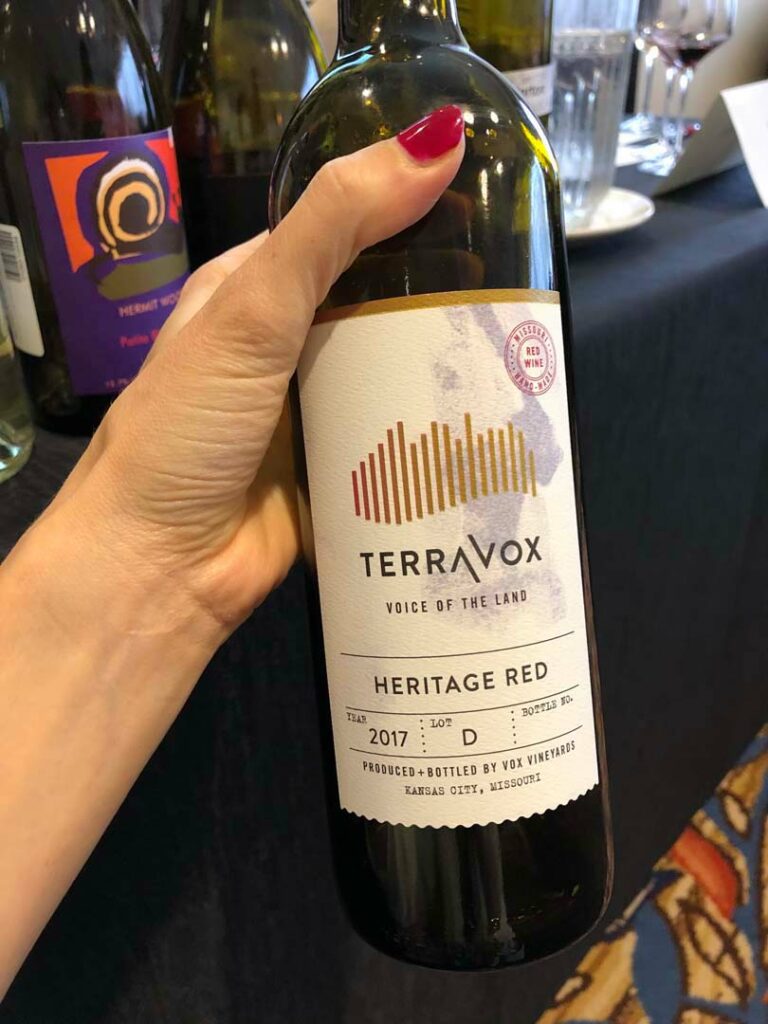
Vox Vineyards, located north of Kansas City, Missouri, aims to preserve the uniqueness of the American Heritage Grapes they cultivate by letting the land speak for itself, so to speak. They refer to their land as TerraVox, which comes from the Latin words “terra” and “vox,” meaning ground and voice, respectively. Vox Vineyards was founded by Jerry Eisterhold in the ‘90s, and it was born out of Eisterhold’s affection of wine and desire to follow in Thomas Volney Munson’s footsteps in a region that would be a prolific producer of Munson’s grape varieties.
TerraVox was developed in an effort to continue the establishment of Missouri as a significant wine producer in the US. They also aim to expand the North American wine culture by further preserving and producing American Heritage Grapes—with grape varieties such as Delicatessen, Hidalgo, Lomanto, Wetumka, among others.
Norton grapes
Norton grapes, known as America’s oldest native grapes, were first developed in the 1800s in an effort to satisfy Thomas Jefferson’s desire to produce wines similar to those of the Old World. The Virginia wine industry began to boom after Dr. Daniel Norton’s crossbreeding experiments with grapes produced the first native vines to the US. The Norton grape vines were able to withstand the harsh, cold climates of the region; the vines were also nearly impervious to diseases unlike the French vines that were unable to survive the cold. The Norton grape grew in significance, and it seemed to reach its peak dominance prior to Prohibition, which subsequently obliterated all production of Norton grapes for the time being.
Wines made with Norton grapes tend to be medium- to full-bodied with an emphatic flavor profile of dark fruits, coffee, and chocolate; they also are known to age well.
Heringer Estates Family Vineyards & Winery
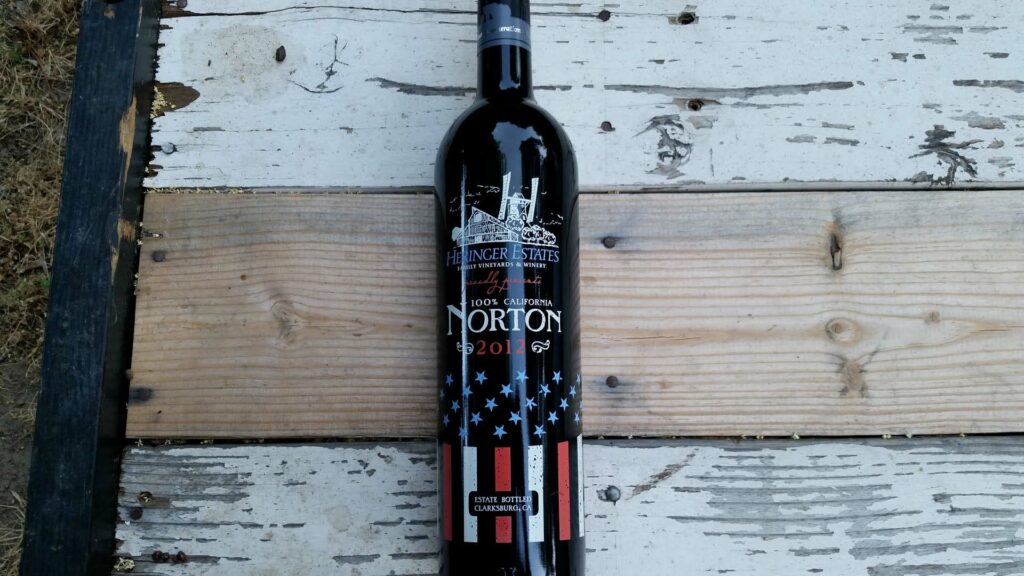
Heringer Estates is a family-owned winery in Clarksburg, CA that produces wines from entirely estate-grown grapes. The family estates span across six generations, and they operate approximately 650 acres of vineyards with more than 20 wine grape varieties. For example, Heringer Estates grows grapes such as Chardonnay. Chenin Blanc, Pinot Gris, Sauvignon Blanc, Cabernet Sauvignon, Nebbiolo, and Norton, to name a few.
The Clarksburg wine area provides an ideal microclimate that is comparable to major California AVAs like Sonoma and Paso Robles. Because the climate is mostly consistent and temperate, the growing conditions for the more uncommon grapes, like Norton, are able to grow with a quality similar to that of Virginia.
Blanc du Bois grapes
First bred at the University of Florida in 1968, Blanc du Bois is a hybrid grape used to make white wines, and it is found mostly throughout the southeastern states in the US. Blanc du Bois grapes produce wines that are crisp and fresh with fruit and citrus flavor profiles.
An important characteristic of Blanc du Bois grapes is their resistance to Pierce’s disease, a disease that can become a detriment to grape production in this predominantly humid region. Since its introduction, Blanc du Bois grapes have become more widely grown across states such as Florida, Texas, and Louisiana; these states have greatly helped to increase the recognition and quality of this grape.
William Chris Vineyards
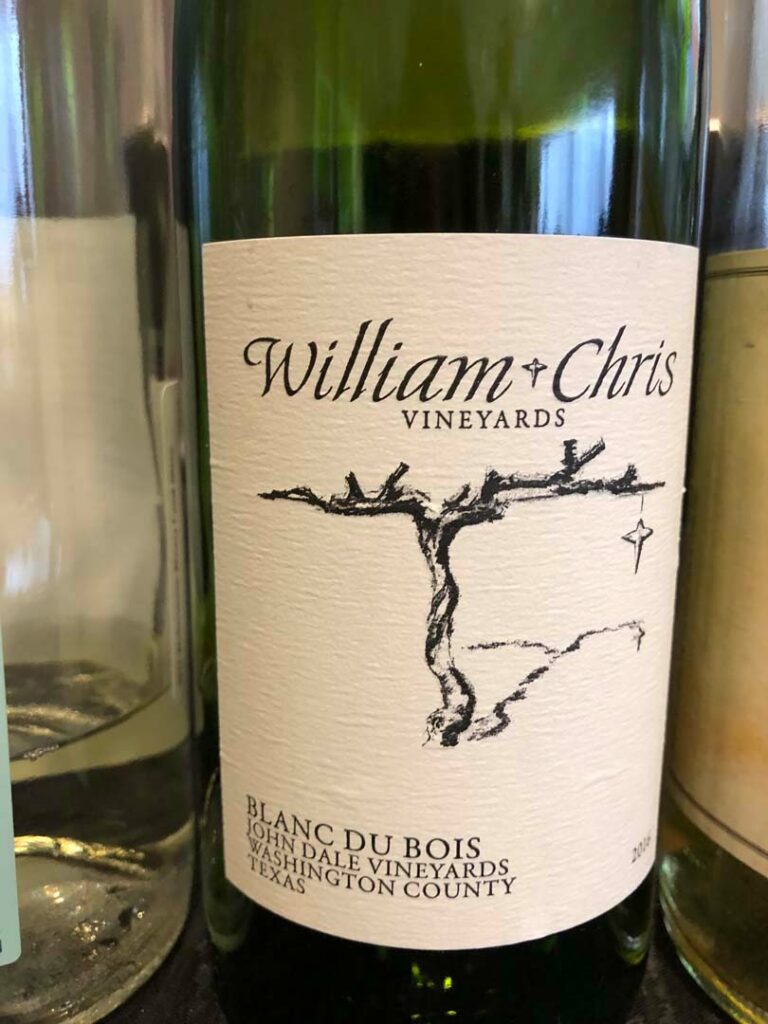
William Chris Vineyards, located in the Texas Hill Country, was founded by Bill Blackmon and Chris Brundrett as they attempted to put wines made from Texas-grown grapes on the map. Their goal was to produce wines that reflected the unique Texas terroir and growing conditions that wine regions like those in California and France have taken advantage of in their respective regions.
In 2008, when Bill and Chris began William Chris Vineyards at the Hye Estate, they first produced their signature Enchanté wine. However, today they have grown their grape production to include varietals such as Malbec, Merlot, Cabernet Sauvignon, Petit Verdot, Tannat, Mourvèdre and Trebbiano Toscano, which allow them to produce other dynamic wines. The wines produced here are only diversified further by the varied terroir of the Hye Estate, consisting mainly of rocky soil coupled with limestone- and granite-rich soils.
The William Chris Vineyards produce their own Blanc du Bois wine that reflects this unique terroir of the Texas soils and climate, and it creates a distinctive flavor profile unique to this winery.
Muscadine grapes
Muscadine grapes, particularly indigenous to the South, are highly prized for their thick skins that give them a higher resistance to diseases, including Pierce’s disease. These thick skins prove to be both helpful and a hindrance—helpful in that they protect against the humidity, but a hindrance in that they can prevent the grapes from developing and maturing fully.
There is not a significant amount of wine made from Muscadine grape varieties; however, there is a greater amount of wine produced from its Scuppernong cousin, a green-skinned grape variety that is named after the Scuppernong River in North Carolina.
Morgan Creek winery
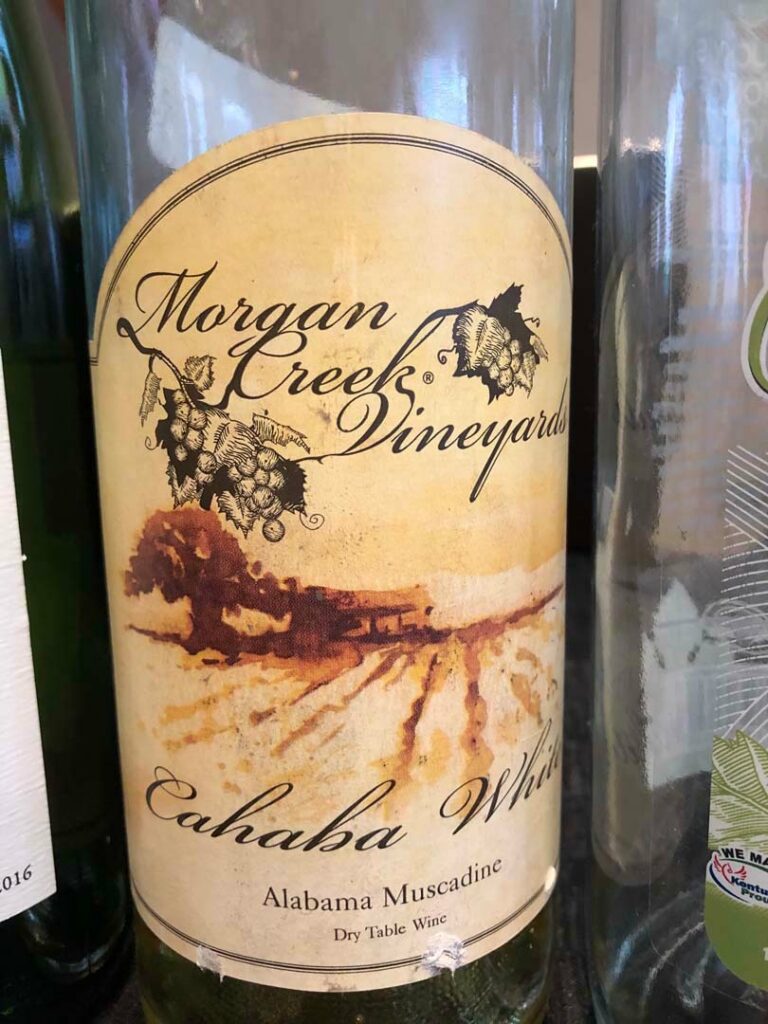
In 2000, the Brammer family began to discuss the possibility of using their Muscadine grapes and other fruits from their farm to produce wines and make a business out of it. The Brammer family has been successful in their efforts to produce their wines because they have created their own niche with their semi-sweet to sweet wines.
Morgan Creek winery is located in Harpersville, Alabama, and it is known for its unique Muscadine wines, as well as its fruit wines. They believe, by producing wines from the native Muscadine grapes of this area, that they have created a distinctive product that demonstrates the nuances of the terroir of Alabama.
